Stalag Luft III Prisoner Camp Museum
The site of one of the largest prison escapes of World War II.
Though this site in the Polish town of Żagań has a long military history, it is best known for its use as a Luftwaffe-run prisoner-of-war camp during the Second World War. Specifically, for being the site of one of the largest prison breaks of the war, which was made famous by the 1963 film “The Great Escape.”
In 1944, 76 Allied prisoners at the Stalag Luft III camp, hailing from a variety of different countries, escaped from under the noses of the Germans through a tunnel they dug by hand. Sadly, nearly all of the escapees were eventually caught; 50 were executed and another 23 were returned to POW camps. Only three of the 76 men managed to escape successfully.
The site of the former POW camp is now a museum, which features a full-size replica of the hut where the men planned their daring mass escape, and displaying many original items from the prison camp. One room in the hut is dedicated to another breakout from the camp, the “wooden horse” escape of 1943. In this plot, a group of POWs vaulted over a wooden horse built near the camp fence line, while two men hidden inside the horse gradually dug their way to freedom over three months.
About a half-mile drive from the hut, you can also see the “Harry” tunnel dug by the prisoners (one of three tunnels dug: Tom, Dick, and Harry), which now serves as a memorial. You can see the tunnel’s length and exit and entry points. A guard tower has been reconstructed to show the proximity of the tunnel exit to the attentive German soldiers on patrol. At the entrance to the museum, there is a map of the original camp. The roads are still present, study the map and you can easily find the Harry Memorial by following the original roads. You can also wander through the woods and see some of the original foundations of the camp.
A final location, for those interested, is a further half-mile down the road. There is a cemetery here with the original mausoleum built for the 50 men who were executed. Their ashes were later moved to the military cemetery in Poznan.
A visit to the Museum is worth the small donation, however, they only take cash, Zloty, or Euro.
Know Before You Go
The museum is open Tuesday through Friday from 10 a.m. to 4 p.m. and weekends from 10 a.m. to 5 p.m. (closed Mondays). Admission is free on Tuesdays. Advance reservations can be made online.
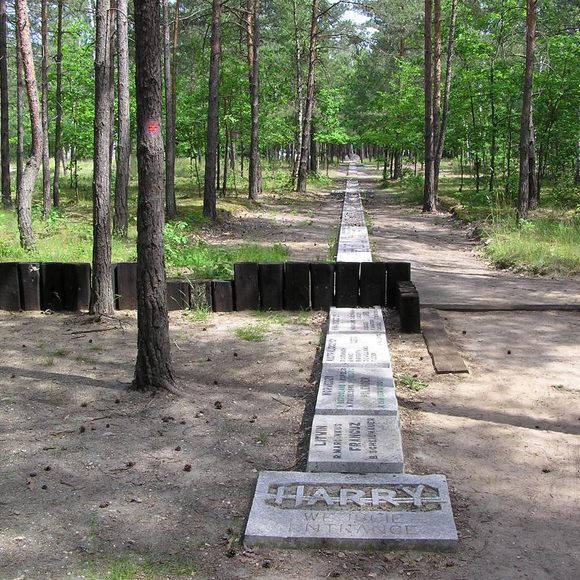

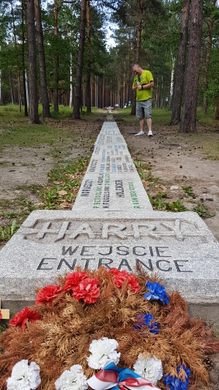

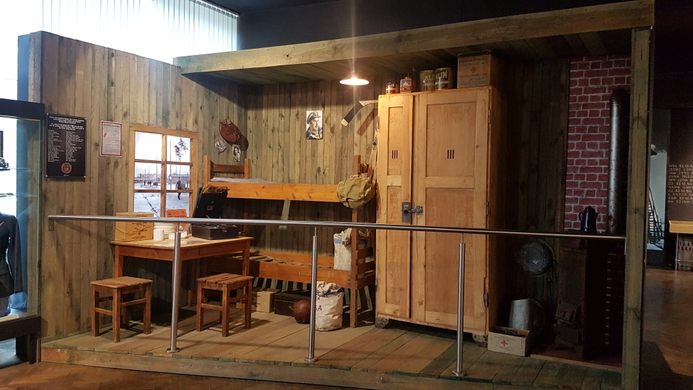
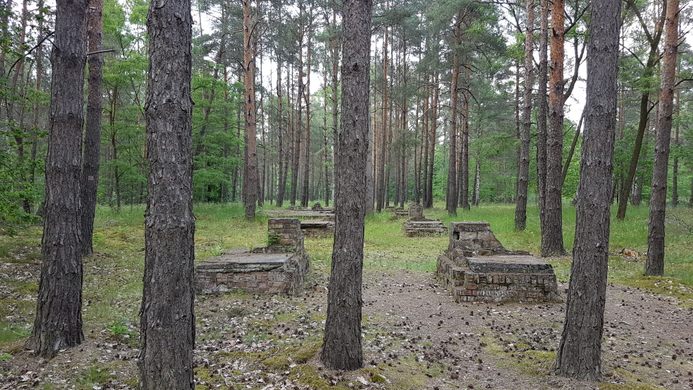
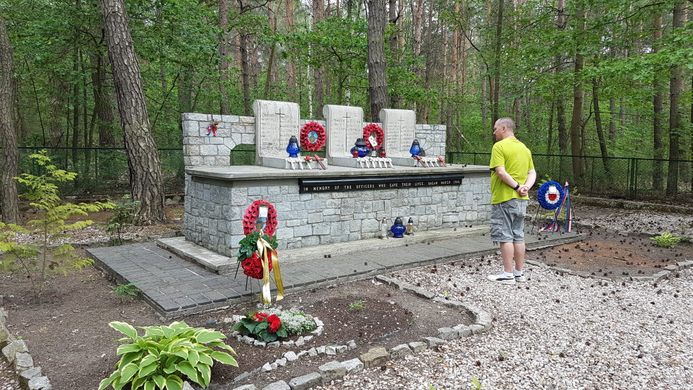
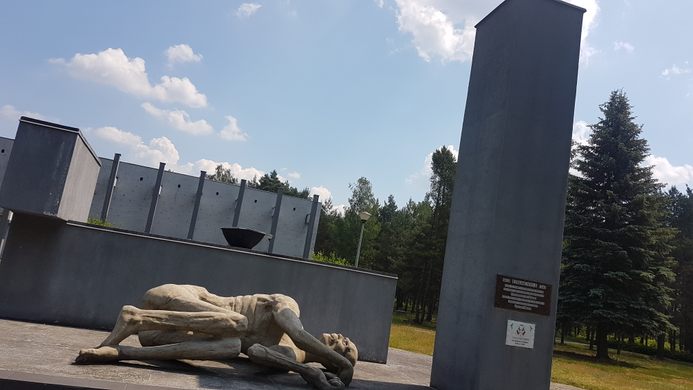
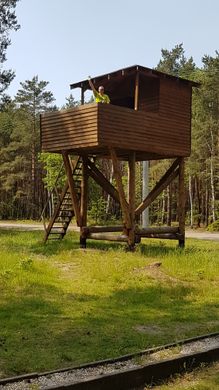
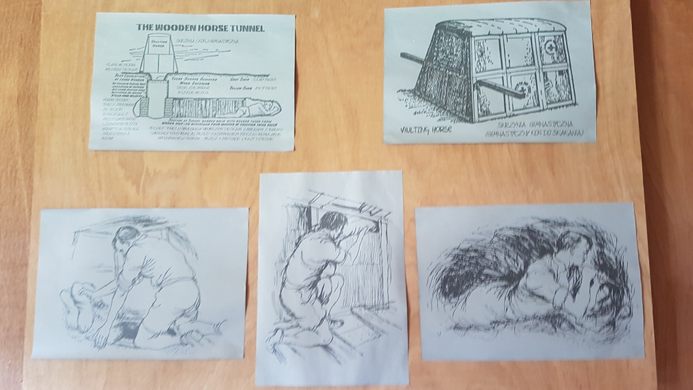







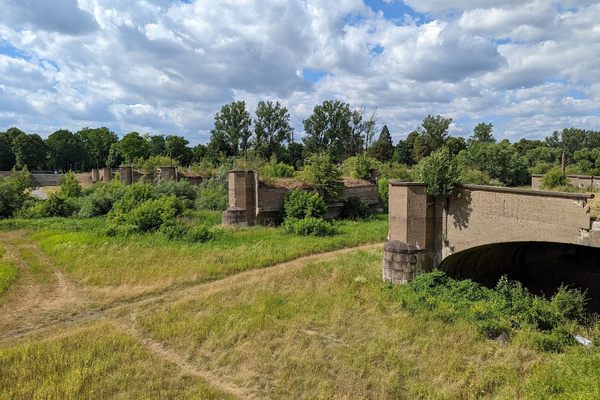



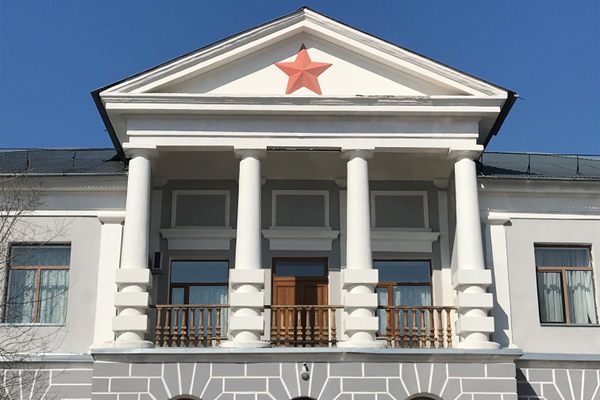

Follow us on Twitter to get the latest on the world's hidden wonders.
Like us on Facebook to get the latest on the world's hidden wonders.
Follow us on Twitter Like us on Facebook